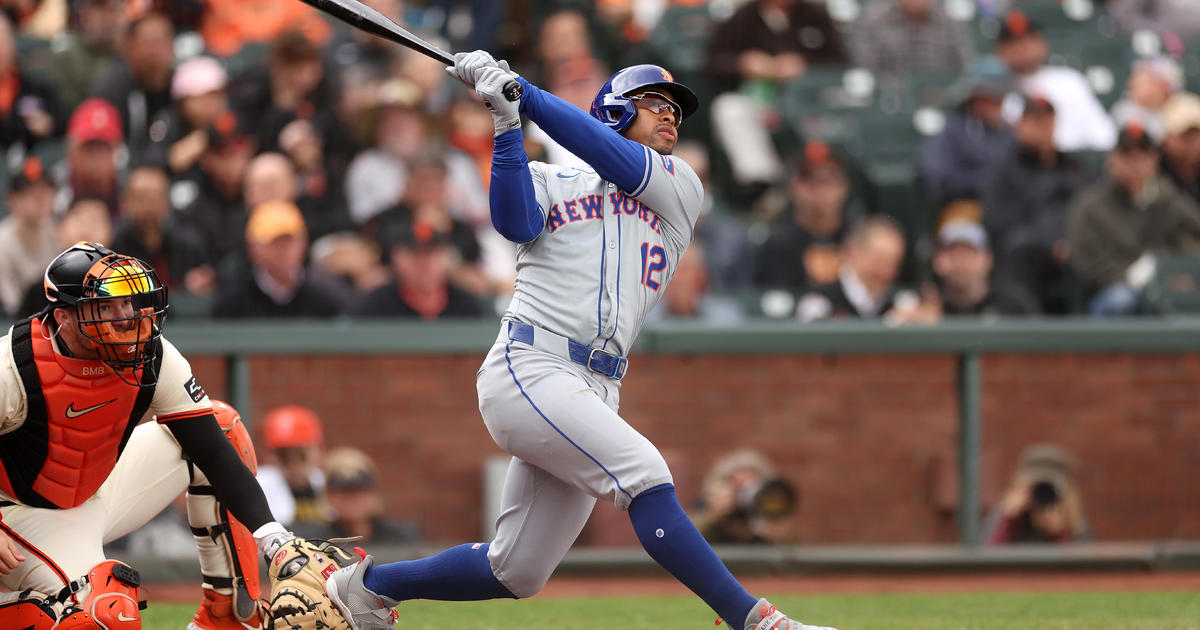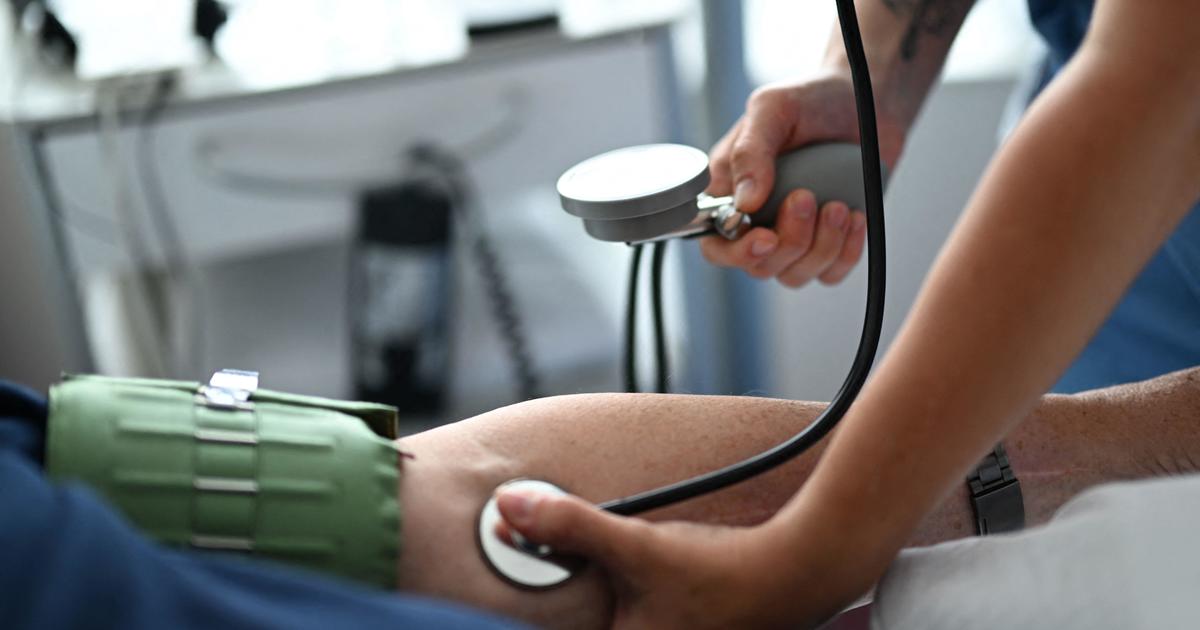Injury Breakdown: Exercises in Futility
By Abby Sims
» More Columns
With Thanksgiving welcoming in the season for eating, many of us will be heading to the gym to repent at some point – or at least we swear we will be. The way I see it though, despite all good intentions, a huge percentage are simply inviting a host of injuries. Why? Because they've learned to exercise by reading the wrong articles, watching the wrong people or simply thinking they know how it's done. Some just get too creative, work with a trainer who only talks a good game, or think they are still in shape and 25. For me, walking through a gym can be a downright scary experience. I try not to look at others and to mind my own business but just can't help myself. If you are one of the fitness enthusiasts whose form cries out for the exercise police, you may not be hurting now, but keep on doing what you're doing and you will be at some point… just give it time.
The next few blogs will be devoted to outlining what I call "Exercises in Futility". These are high risk, low reward exercises that I believe are less than ideal and may actually lead to injury. Some should be replaced by safe and effective alternatives, while others need only be modified in order encourage better and less stressful mechanics. The focus this week is on the upper body. Here are some of the prime offenders:
- Behind-The-Neck Pull-Downs
- Military Presses
- Upright Rows
- Empty Cans
- Full Dips & Full Arc Bench Presses
- Shrugs
If you have questions about any of the exercises outlined below, please feel free to comment and I will be happy to reply…
1. Behind-The-Neck Pull-Downs
This exercise is also known as a Lat (latisimus) Pull and is best performed by drawing the bar (or bands) down toward the chest rather than behind the neck. The lats are broad muscles in the back that attach at the shoulders. They act as shoulder extensors (moving the arm toward the extension plane – behind the plane of the body) and internal (inward) rotators of the shoulder joints. In spite of their size, the lats are often weak.
It is virtually impossible to avoid straining the neck and flexing it forward if the exercise bar is pulled behind the head. Not only is this bad for the neck, the position shuts down the already narrow (subacromial) space occupied by the rotator cuff tendons, thereby leading to impingement of these structures. The behind neck posture also necessitates that the shoulders be placed in extreme extension, thereby stressing the front of these joints, an area which for many is already somewhat unstable. Instead, draw the bar toward the chest and avoid the very wide grip in favor of a less exaggerated starting position.
Some alternatives for the Pull Down Machine include doing Pull Downs with resistive elastic bands or the weighted cable column. The lats can also be strengthened with Straight-Arm Lifts (raising the arms from the floor toward the plane of the body) by using free weights in a prone position (lying on your stomach).
2. Military Presses (Overhead Shoulder Presses)
The primary reason to avoid the military press is that repetitively raising the arms directly overhead is also likely to cause impingement unless the muscles that stabilize the scapulae (shoulder blades) are strong enough to promote normal mechanics. This is rarely the case for the recreational exerciser. Most of us, even those who hit the gym, exhibit weakness in the scapular stabilizers (middle and lower trapezius, rhomboids and serratus muscles). The poor shoulder mechanics that then occurs with overhead lifting causes stress to the rotator cuff tendons and the bursa (a gel-like filled sac) in the subacromial space (the space just above the head of the humerus and under the prominent extension of the shoulder blade that is like a hood at the shoulder joint). Repetitive stress to these structures may lead to impingement, bursitis (inflammation of the bursa), tendinitis* (traditionally defined literally as an inflammation - "itis"- of the tendons), tendinosis (degenerative wearing of the tendons) and ultimately rotator cuff tears.
*It should be noted that in current orthopedic literature, tendinitis and tendinosis are really one and the same, implying breakdown of affected tendons. The degree of pain and loss of function are in direct proportion to the severity of the condition.
A general rule to follow is that before progressing to weight lifting above the horizontal (shoulder level), it is important to exhibit normal (translation = strong) and (totally) pain-free strength below shoulder level. Each of the scapular stabilizers should be strengthened in isolation so as to avoid substituting stronger muscles for those that are weaker. I favor free weights for strengthening the middle trapezius and rhomboids. One method is in the prone position in a motion called horizontal abduction, whether on a bench or over a ball. These muscles are often so weak that most of us have to begin a program lifting only the weight of the arm against gravity before adding additional resistance. There are many variations however, including wall exercises or band exercises performed either in sitting or standing.
Lower traps can be strengthened via Seated Presses, Wall Raises or, the more demanding and higher level, prone Supermans (raising the arms as if to fly).
A Push-Up Progression is used to strengthen the serratus, but also addresses the pecs and triceps. This begins with simple Serratus Punches (lying on the back) and progresses gradually to Wall Push-Ups and Table Push-Ups (both "With a Plus"). The lower the placement of the hands/upper body, the more the weight-bearing on the arms, and the more difficult the exercise. These should be performed before graduating to Bent Knee or Standard Push-Ups. In all push-ups, once the elbows are straight, the body should be pushed further back from the hands while maintaining a stable core. That is the "With a Plus" part of the exercise.
3. Upright Rows
The upright row demands that the shoulder internally (inwardly) rotate as the elbows rise. This jams the humeral head (top of the bone of the upper arm) toward the acromion (bony prominence) above. In other words, raising the arms with the shoulders internally rotated is yet another prelude to impingement. Natural mechanics of the shoulder requires external (outward) rotation of the humeral head with elevation. The role of the outward rotators with elevation is to center the humeral head in the socket and to prevent it from migrating upward. This illustrates why the external rotators, like the scapular stabilizers, are vital to good shoulder mechanics.
Alternatives to the upright row for strengthening the deltoids include Forward Raises (palms down) and Lateral (side) Raises (with bent or straight elbows and palms down). The posterior (rear) delts are also strengthened via Prone or Bent-Over-Rows and by other exercises that involve retraction of the shoulder blade (squeezing it back toward the other shoulder blade) and movement of the arm toward, but not necessarily into, the extension plane (behind the body). These are performed in the prone position (on your stomach), in standing or in sidelying, and entail keeping the arm at shoulder height (the horizontal) and moving it from the plane in front of the body (the flexion plane) toward or slightly past the level of the body. This motion from front to back in the horizontal is called Horizontal Abduction and the variations are performed either with the thumbs up (primarily for the mid trap) or thumbs down (targeting the rhomboids). As for all scapular/shoulder exercises, an emphasis should be placed on avoiding the elevation of the shoulders toward the ears – a sign that the upper traps are compensating for weakness in the targeted muscles. Compensation limits the strengthening of the intended muscles, inhibits the correct recruitment of these muscles, and may result in neck and shoulder soreness.
4. Empty Cans
The Empty Can exercise also involves elevating the arm with internal rotation, and for that reason is a no-no. The motion of the empty can exercise is in the plane of the scapula (shoulder blade). While standing or sitting, the Empty Can traditionally entails raising the arms from your side toward the ceiling at a 30-degree angle from the lateral and with the thumbs pointed downward toward the floor. The scapular plane is less stressful to the shoulder than lifting at other angles, and so elevating in this plane is a good thing. However, the exercise should be performed with the thumbs up (with the shoulder outwardly/externally rotated). This exercise is called SCAPTION. As previously discussed, the arm should only be raised to the level of the horizontal until the scapular muscles are strong enough to safely support lifting it higher with good mechanics. Ultimately, especially for those training to play overhead/throwing sports, it is imperative to strengthen above the horizontal in order to prepare for the demands of activity.
5. Full Dips and Full Arc Bench Presses
Dips are intended to target the lower trapezius and triceps muscles and can cause injury because many people dip so low that the shoulders are hiked very high, the shoulder moves into more extreme extension and the muscles are at a mechanical disadvantage, thus cannot handle the load. This causes the upper traps to kick into high gear. In addition, the exaggeratedly lowered position places undue stress on the front of the shoulder joint. Likewise, it is important not to start the bench press from a position of stretch, which puts the pecs at a mechanical disadvantage and also places undue stress on the anterior (front) compartment of the shoulder joint.
One viable alternative for the lower trap is the Seated Press, which, like the dip, involves pushing the trunk upward, though from a seated position rather than a lowered starting point. Emphasis (as for all exercises targeting the scapular muscles) should be on squeezing the shoulder blades together as you push upward. Another lower trap exercise is the previously mentioned prone (on your stomach) Superman, elevating the arms upward toward a flying position with the thumbs up (without allowing the shoulders to elevate toward the ears). This is a demanding exercise that does entail working above the horizontal and so is not right for the novice. A viable and deceptively difficult alternative is a wall exercise for the lower trap. Here the exerciser stands facing the wall and slowly glides the arms upward, extending (straightening) the elbows at the same time. Arms should be raised and then lowered (repeatedly). When you are proficient, advance this exercise by repeatedly moving your arms away from the wall (to retract the shoulder blades) and back again while the arms remain overhead (and the elbows remain high). Again, caution is necessary to ensure that the shoulders are not elevated toward the ears using the upper traps.
Triceps can be strengthened safely by straightening the elbows against resistance using the rope on the cable column or with resistive bands. Another alternative is doing free weight Kick-Backs against gravity in a bent-over-row position. All of these triceps exercises involve repetitive straightening of the elbow against resistance while keeping the upper arms at your side. The triceps exercise performed overhead is not advocated as an alternative, particularly for the non-athlete. Other muscles must come into play to maintain the overhead position and the upper traps are likely to kick into overdrive.
6. Shrugs
Shrugs are intended to isolate the upper trapezius, a muscle that is rarely weak because it is so overworked. The comparatively weaker middle traps, lower traps and rhomboids (those all- important scapular stabilizers) also often fatigue more readily, allowing the upper traps to take over. This is evidenced by the hiking of the shoulders toward the ears as the arms are elevated or with lifting/carrying. This compensatory recruitment of the upper traps is one primary cause of neck pain. If you've ever held the phone to your ear with your shoulder to keep your hands free to work, you've experienced the upper traps in overdrive. Instead of focused strengthening of the disproportionately strong upper traps, emphasis (as previously discussed) should be placed on strengthening the weaker muscles to promote normal joint mechanics and balance. The exception might be the football player or wrestler with optimal strength of the shoulder girdle whose sport demands unusually strong neck musculature.
Part II of this series will address some lower body "Exercises in Futility".




